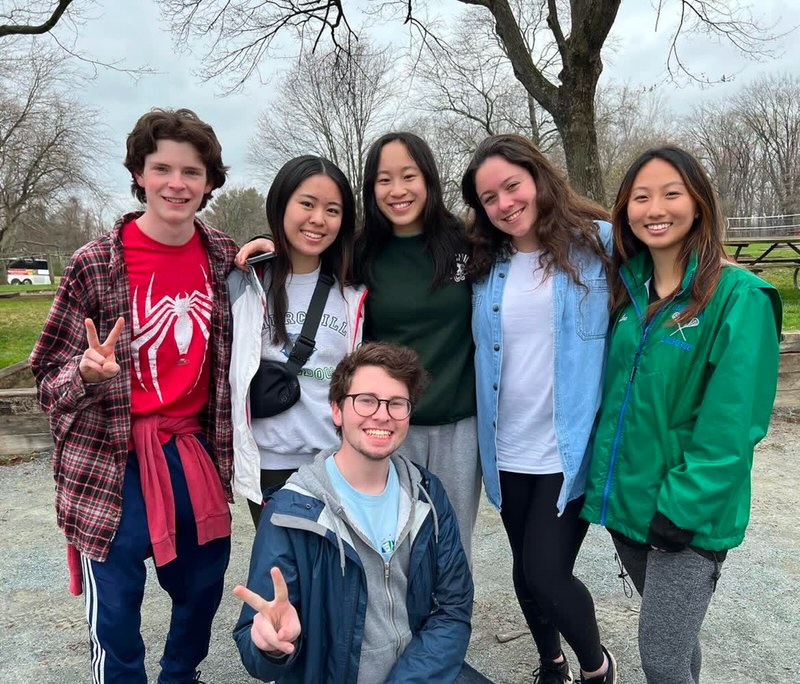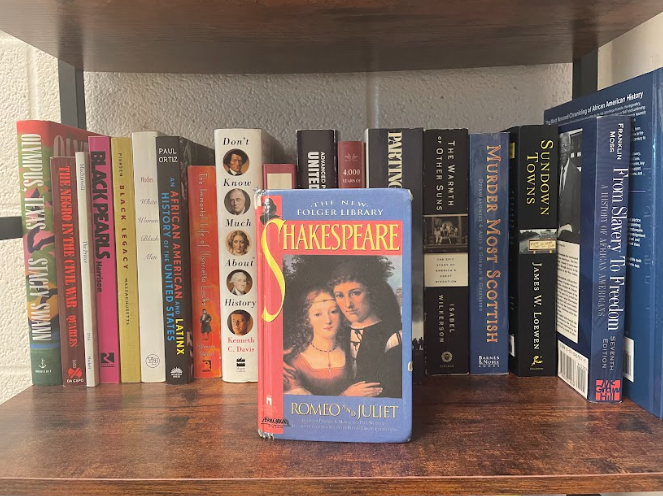Since its inception in 2005, Kiva, a nonprofit microloan company, has facilitated nearly $200 million in loans between donors and entrepreneurs in developing countries around the world.
Created by Stanford alumni Matt Flannery and Jessica Jackley, Kiva allows users in developing countries to post advertisements asking for a certain amount of money. Each individual’s ad outlines how the money will be used and how the individual plans to repay the donor, and Kiva matches these users with donors who organize themselves within online communities based on their location or religious and political affiliations.
“I think microloans are very important for developing countries because they bring attention
to the American public about what could be accomplished with small sums of money,” said Adam Field, who teaches about microloans in his AP Human Geography class.
According to Field, Kiva’s success is partially due to its ability to maximize on the emotional aspect of donations, as donors can see images of users as they create their businesses or receive educations.
However, though Kiva advocates for transparency and accountability, many people believe that the connections made on Kiva are fictional.
According to microfinance specialist David
Roodman in his Oct. 2, 2009 blog, Kiva’s advertised fundraising is not the way the company actually gives loans. In his Microfinance Open Book Blog, Roodman explains that Kiva approaches large banks and elicits their sponsorship, thus giving their money to the needy people. Though donors believe they are directly funding specific people online, they are really repaying the banks.
According to Flannery in an Oct. 12 response to Roodman on the same blog, thismay be the way Kiva functions, but Kiva’s constituencies are still engaging in acts that promote connection and aid the fight to end global poverty.
In order for a donor to begin sending money, he or she must be 18. All donations are tax-deductable, and the amount donated will eventually be paid back to the donors.
This year, juniors Hina Kanwal and Carnation Anagnostiadis founded the African Poverty
Awareness club to raise money for Kiva.
According to Kanwal, the two girls decided to start the club after learning about it in their AP Human Geography class.
“We learned about how microloans could be very beneficial to developing societies,” Kanwal said. “Forty dollars may be a small contribution, but it could be a fortune for somebody in a developing country.”
The club is actively seeking members to continue fundraising next year. Interested students can contact either Kanwal or Anagnostiadis.
For more information on Kiva, visit its website at kiva.org.
Categories:
Kiva pairs donors with developing entrepreneurs
By Yasmin Akbari
Online News Editor
March 22, 2011
Story continues below advertisement
0
More to Discover







